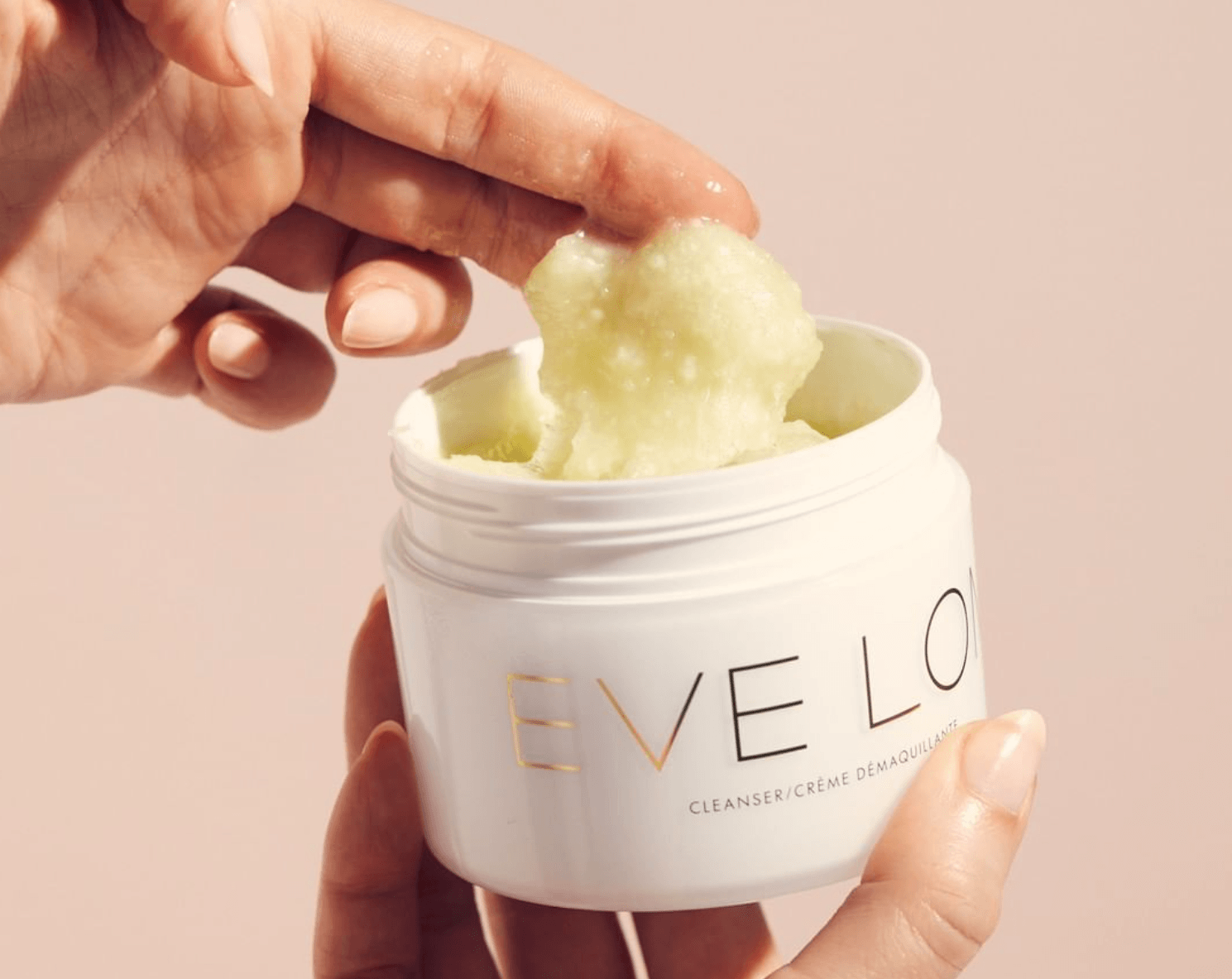COVID-19 Public Sentiment Insights: A Text Mining Approach to the Gulf Countries

Public perspective of COVID-19 in five Gulf countries: findings from social media listening study
Event: ECCMID 2023, Copenhagen, Denmark
Session: 11d. Digital health and infection (incl. AI, data mining, informatics)
Published in Computers, Materials & Continua, vol 67, 2021
Read on Tech Science Press | Research Gate
Abstract
Social media has been the primary source of information from mainstream news agencies due to the large number of users posting their feedback. The COVID-19 outbreak did not only bring a virus with it but it also brought fear and uncertainty along with inaccurate and misinformation spread on social media platforms. This phenomenon caused a state of panic among people. Different studies were conducted to stop the spread of fake news to help people cope with the situation. In this paper, a semantic analysis of three levels (negative, neutral, and positive) is used to gauge the feelings of Gulf countries towards the pandemic and the lockdown, on basis of a Twitter dataset of 2 months, using Natural Language Processing (NLP) techniques. It has been observed that there are no mixed emotions during the pandemic as it started with a neutral reaction, then positive sentiments, and lastly, peaks of negative reactions. The results show that the feelings of the Gulf countries towards the pandemic depict approximately a 50.5% neutral, a 31.2% positive, and an 18.3% negative sentiment overall. The study can be useful for government authorities to learn the discrepancies between different populations from diverse areas to overcome the COVID-19 spread accordingly.
Why This Study Matters
The COVID-19 pandemic triggered widespread uncertainty and misinformation, particularly in the Gulf countries. Social media platforms like Twitter became primary sources for public sentiment, yet there was a lack of comprehensive analysis on how these populations emotionally responded. This study fills that gap by applying sentiment analysis to Arabic-language tweets from six Gulf nations, offering valuable insights into public mood and perceptions during the early months of the pandemic.
Study Design & Scope
- Geographical focus: Six Gulf countries—Saudi Arabia, UAE, Kuwait, Oman, Qatar, and Bahrain.
- Timeframe: Tweets from March 1 to April 28, 2020.
- Data collection: Used Tweepy and the Twitter API to gather ~60,000 tweets containing keywords like “corona,” “COVID-19,” etc. After cleaning (deduplication, spam filtering), the dataset was reduced to 33,496 tweets.
- Preprocessing steps: Removed non-Arabic words, hashtags, mentions, hyperlinks, emojis, punctuation, single characters; normalized Arabic orthography; eliminated stopwords; and applied stemming using ISRIStemmer.
- Sentiment analysis: Employed TextBlob_ar, an NLP tool tailored for Arabic, to tag each word as negative, neutral, or positive, computed polarity, and aggregated sentiments per tweet.
Key Insights
- Sentiment Distribution: Approximately 50.5% of tweets were neutral, 31.2% positive, and 18.3% negative.
- Country Variations: Oman exhibited the highest percentage of positive tweets (34.16%), while the UAE had the lowest (28.27%).
- Temporal Trends: The initial neutral sentiment shifted to positivity as likely reflecting optimism as cases and fatalities stabilized or declined. By mid-April, negative sentiment increased again, as rising case counts and fatalities likely fuelled concern and anxiety.
- Common Themes from word clouds include terms like “corona,” “virus,” “pandemic,” “new cases,” and country-specific keywords such as “curfew,” “health ministry” (Saudi Arabia), “Ramadan,” “application,” "Sheikh" (Qatar), and “ministry,” “crisis” (Kuwait).
Implications for Practice
Understanding public sentiment is crucial for effective crisis management. Governments and health authorities can leverage such analyses to:
- Policy and public health messaging: The predominance of neutral and positive sentiment offers an opportunity—governments should reinforce messaging, highlighting successes and easing anxieties, especially as initial fear subsided.
- Mental health initiatives: With nearly 1 in 5 tweets reflecting negative emotions, authorities should proactively offer mental health support, such as hotlines and counseling, to address evolving emotional stress.
- Combatting misinformation: Sustained informal and neutral discussion also opens paths for misinformation. Monitoring social media and deploying corrective campaigns can help curb false narratives.
Final Thoughts
This study underscores the importance of real-time sentiment analysis in managing public health crises. By tapping into social listening, authorities can gain timely insights into public mood, enabling more responsive and targeted interventions. Future research could expand this approach to other regions and crises, further enhancing our understanding of public sentiment dynamics.
Read the full study on Research Gate.
Read More

Taking Scientific Skincare Innovation Into the Retail Environment: A Global Use Case
In a world where beauty aisles overflow with “miracle cures,” even the most scientifically advanced skincare breakthrough can disappear into the noise without a clear, credible story. This case study reveals how one global skincare brand turned clinical innovation into compelling retail messaging that built trust across diverse markets. By marrying deep consumer research, social listening, and point-of-sale optimization, RILA GLOBAL CONSULTING helped craft a strategy that simplified science without diluting its impact—proving that when innovation is communicated with precision and authenticity, it doesn’t just sit on the shelf; it commands attention and drives results worldwide.
September 27, 2025
READ MORE

Marketing Adaptive Clothing Authentically: A Global Fashion Use Case
Adaptive fashion isn’t just a product line—it’s a statement about dignity, identity, and belonging. This case study shows how a global streetwear brand avoided tokenism and created a communications strategy that authentically resonated with disability communities. By involving people with disabilities and experts from the start, the brand built a campaign that was edgy, aspirational, and true to its identity—while winning industry awards for inclusivity. The lesson is clear: adaptive clothing must be marketed as part of a brand’s DNA, not as an afterthought. The real question for brands isn’t whether to go inclusive—it’s whether they’re willing to listen deeply enough to get it right.
September 27, 2025
READ MORE

How the Retail Environment Impacts Sales: A Market Research Use Case
This case study shows how a leading home furnishing retailer used immersive research methods like shop-alongs, eye-tracking, and behavioral science to uncover hidden friction in its retail environment. By redesigning layouts, retraining staff, and aligning the shopping journey with customer psychology, the retailer turned missed opportunities into measurable growth. The takeaway is powerful: if reputation isn’t matching revenue, the problem may be in the space where selling happens—not the product itself.
September 27, 2025
READ MORE

Global Brand Development in Youth Culture: A Market Research & Social Listening Use Case
Legacy alone won’t win Gen Z — cultural participation will. This case study explores how a century-old sneaker brand used immersive market research and social listening to decode the values, language, and aspirations of 16–24 year-olds across multiple continents. By blending direct youth engagement with digital trend analysis, the brand uncovered a blueprint for staying relevant: aligning with Gen Z’s demand for authenticity, creativity, and community. For global brands, the lesson is clear — listening to youth culture is not optional; it’s the key to evolving without losing your heritage.
September 27, 2025
READ MORE

Sustainability in Fashion: A Retail Use Case
Sustainability isn’t just a trend in fashion—it’s a high-stakes challenge where trust and perception can make or break a brand. This case study follows how one of the world’s largest children’s clothing manufacturers partnered with RILA Global Consulting to turn sustainability from a liability into a competitive advantage. By blending expert interviews, consumer research, leadership alignment, and advanced social listening, they uncovered what credibility looks like in a fast-fashion world. The result was a clear roadmap for authentic sustainability communication that resonated across global markets, helping the brand position itself as a positive force for the planet—rather than just “less harmful.” The real takeaway? Innovation in sustainability must be matched by innovation in storytelling.
September 26, 2025
READ MORE

E-Commerce Expansion — Driving 3X Revenue Growth for Eve Lom Through Social Listening
By listening closely to conversations on TikTok, Instagram, forums, and subscription boxes, the brand discovered who really cared about luxury skincare: brides prepping for their big day, busy new moms, and beauty fans exploring subscription boxes. Using these insights, Eve Lom crafted messages and partnerships that resonated — and the results speak for themselves: e-commerce revenue tripled in the first year. This isn’t just a story about growth; it’s a lesson in listening first, connecting genuinely, and turning insight into real-world impact. Eve Lom’s leap into the hyper-competitive U.S. beauty market was a data-powered masterclass in listening before acting.
September 19, 2025
READ MORE

Household Essentials — Reinventing Everyday Products Through Social Listening and Market Research
Younger consumers didn’t just want functionality, they wanted inspiration. Through social listening, RILA transformed the product’s identity from a utilitarian tool into a lifestyle accessory that fuels creativity, productivity, and self-expression. The result? Modernized designs, fresh influencer-driven campaigns, and a renewed sense of loyalty that not only reversed a sales slump but redefined what this everyday item could mean for the next generation of shoppers.
September 19, 2025
READ MORE

Apparel & Fashion — Driving Growth Through Social Listening and Market Research
When a major fashion retailer saw shoppers slipping away despite big ad spends, they turned to social listening. They discovered that their audience wasn’t just shopping for clothes; they were shopping for alignment with their values. Shoppers wanted style that fit their bodies and their beliefs, with sustainability, transparency, and quality taking center stage. Armed with these insights, the brand rewrote its playbook — refreshing campaigns, fixing sizing frustrations, and showcasing its commitment to eco-friendly practices. The result? Surging sales, renewed loyalty, and proof that in today’s fashion world, the brands that win are the ones that tune in.
September 19, 2025
READ MORE

Understanding Campaign Effectiveness for a Regional Casino
In a fiercely competitive entertainment market, simply running ads isn’t enough—brands need campaigns that cut through the noise, connect emotionally, and drive measurable results. RILA Global Consulting partnered with a major regional casino to evaluate whether its fresh, millennial-focused creative was doing just that. Through a mix of social listening, focus groups, and creative diagnostics, RILA uncovered what resonated most—unexpected, experience-driven storytelling paired with seamless app integration—and where improvement was needed, particularly in simplifying OOH messaging. The result? A data-backed playbook to refine creative, boost engagement, and turn advertising into a true ROI driver.
September 18, 2025
READ MORE